Cow Selection Guide
- Home
- Cattle Knowledge
- Cow Selection Guide
How to Select a High-Quality Cow
Choosing the right cow for your farm is one of the most critical decisions for maximizing milk production and ensuring long-term herd health. While breed and genetics are important, physical characteristics often provide the most immediate insight into an animal’s potential. This guide walks you through the essential traits to consider when selecting a cow, based on practical experience and expert observation.
Understanding the Importance of Physical Traits
When evaluating cows, the physical traits offer clues about:
Milk production capacity
Reproductive health
Longevity and durability
Overall health and fitness
A cow may look healthy at first glance, but careful assessment of body structure, joints, and other features reveals whether it will thrive and produce consistently.
Head and Face Structure
The first thing to observe is the cow’s face:
For Holstein cows, the upper part of the face should be shorter, and the lower portion longer.
This proportion is an indicator of good breed characteristics and overall vitality.
Next, examine the ears: they should be of medium size—not too large, not too small. Medium-sized ears are often a sign of balanced genetics and a healthy animal.
Skin and Body Condition
Skin thickness and texture are strong indicators of internal health:
Thick, supple skin suggests the cow can store fat efficiently and convert it into energy and milk.
Avoid extremely thin or overly loose skin, as this may indicate poor health or low milk production potential.
Check the shoulder area:
A well-attached, slightly outward shoulder indicates strength.
Joints that are too loose or wide apart may signal age or structural weakness, limiting milk production and longevity.
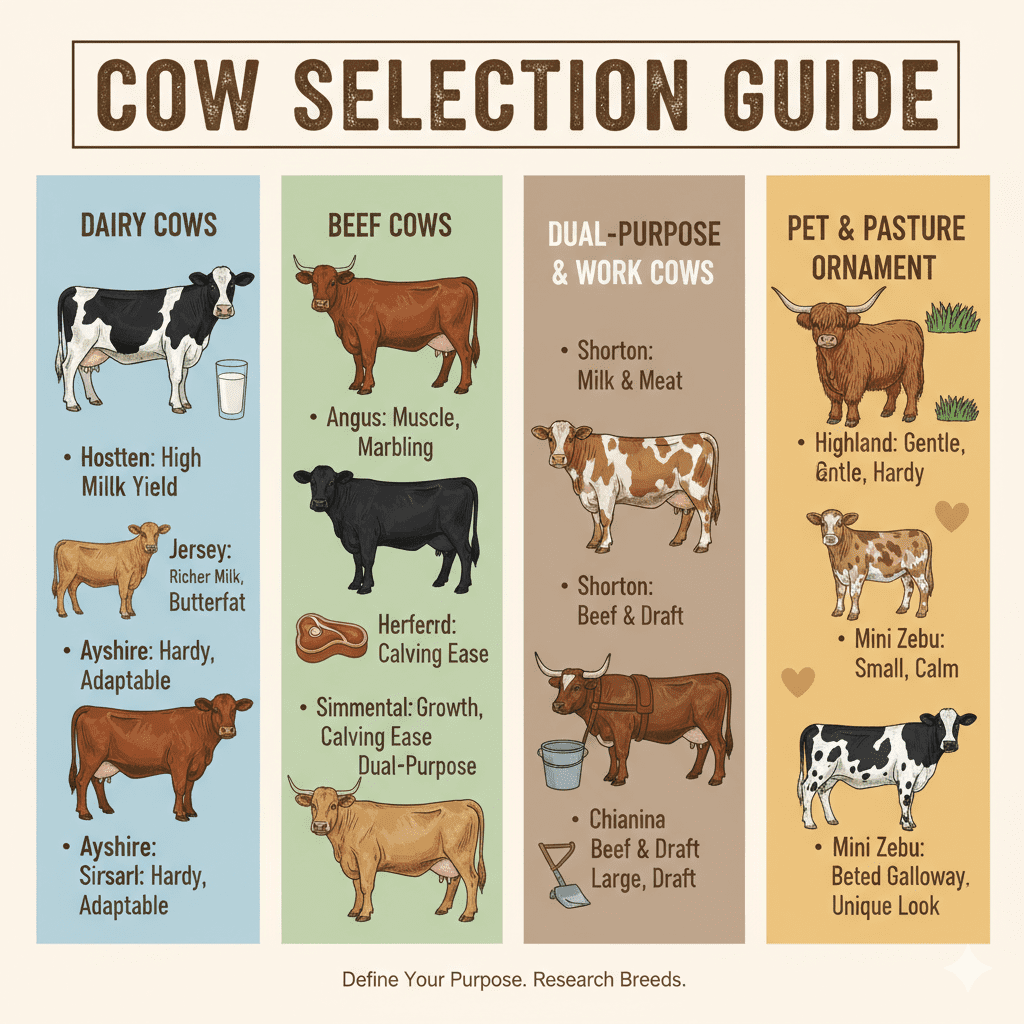
Chest and Lung Capacity
The chest size and structure are directly linked to milk production:
A deep and broad chest allows for better lung capacity.
Large lungs enhance oxygen intake and improve blood circulation, supporting higher milk yield.
Check for water accumulation or swelling; this could indicate liver or other health issues.
Leg Structure and Joints
Front and hind legs are critical for mobility and comfort:
Proper spacing ensures the cow can stand comfortably while grazing and feeding.
Examine the pastern joints: a firm, straight bone with no pink lines indicates stability and long-term health.
Front legs ideally have a spacing of four fingers, and hind legs two fingers, ensuring the cow can support her weight without strain.
Hip and Pelvis Assessment
The hips and pelvic area are essential for reproduction:
Check the spacing between the last two ribs and the hip bones; it should allow at least three fingers comfortably.
A soft, flexible pelvic area ensures easy calving.
Narrow or stiff hips can lead to complications during delivery and reduced milk production.
Udder and Milk Vein Structure
The udder, or milk well, is directly related to lactation potential:
The udder should be proportionate to the cow’s body, not too small or excessively large.
Milk veins should be well-defined and slightly twisted; this allows efficient blood flow and nutrient transport to the mammary glands.
Strong veins correlate with higher milk production.
Muscular Structure
Muscle development is an important indicator of overall health:
A muscular cow with thin, firm skin is more likely to convert feed into energy and milk efficiently.
Fatty, soft cows may appear large but often have lower productivity.
Key Parameters Summary
When evaluating a cow for purchase or breeding, focus on:
Face: proportioned and indicative of breed
Ears: medium size
Skin: thick and supple
Shoulders: tight and properly attached
Chest: broad and deep, no water accumulation
Legs and joints: straight, proper spacing, no pink lines
Hips and pelvis: soft and wide enough for calving
Udder and milk veins: large, well-defined, and healthy
Muscle structure: firm and muscular, not overly fatty
Practical Insights
Practical experience often matters more than theoretical knowledge. Observing cows in the field allows you to:
Understand their actual milk production potential
Assess reproductive health
Gauge comfort and longevity
Identify any hidden structural issues
For instance, cows with proper udder structure and muscular development consistently deliver higher milk yield for longer periods.
What physical traits should I look for when buying a dairy cow?
You should check the cow’s udder size, milk veins, chest depth, hip width, leg structure, and skin condition. These traits indicate milk yield potential, health, and reproductive efficiency.
How do I know if a cow will produce more milk?
Cows with large, well-attached udders, visible milk veins, broad chest, and muscular but not fatty bodies generally produce higher milk yields.
Why is chest size important in dairy cows?
A broad and deep chest indicates large lungs and better oxygen intake, which improves blood circulation and directly supports higher milk production.
Which cows are best for dairy farming in India?
Popular high-milk yielding breeds include Holstein Friesian, Jersey, Sahiwal, Gir, and Murrah buffaloes. However, physical traits are equally important when selecting individual cows.
How can I ensure easy calving when selecting a cow?
Choose cows with a wide and soft pelvic structure, proper hip spacing, and strong legs. Narrow hips or stiff joints may cause calving difficulties.
Is body fat good or bad for dairy cows?
Excess body fat reduces productivity. Instead, look for muscular cows with firm skin, as they efficiently convert feed into milk rather than just body mass.
What is the role of milk veins in a cow?
Prominent and twisted milk veins indicate efficient blood flow to the udder, which is essential since cows need about 300–500 liters of blood circulation to produce just 1 liter of milk.
App Downloads
Advisor’s Team

Social Media Reach

Happy Customers
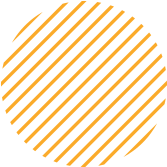
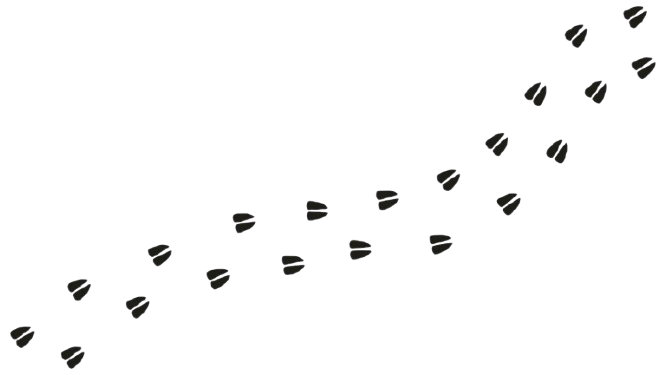
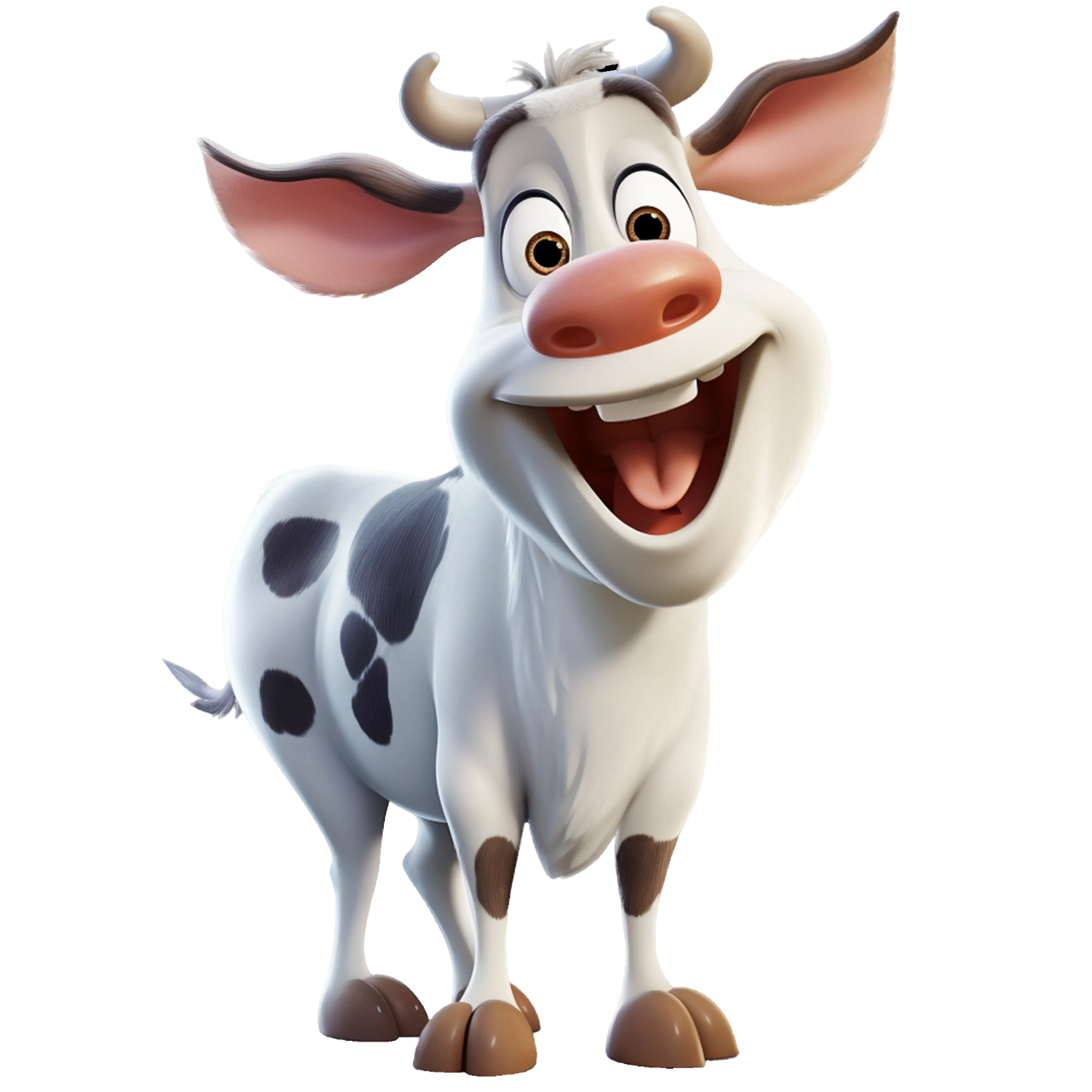
Subscribe To Our Newsletter
Welcome to TabelaWala, brand name of White Gold Livestock Private Limited, the ultimate marketplace for dairy farmers looking to buy or sell cows and buffaloes online as well as offline.

+91 830 570 6703
Got Questions? Call us 24/7
